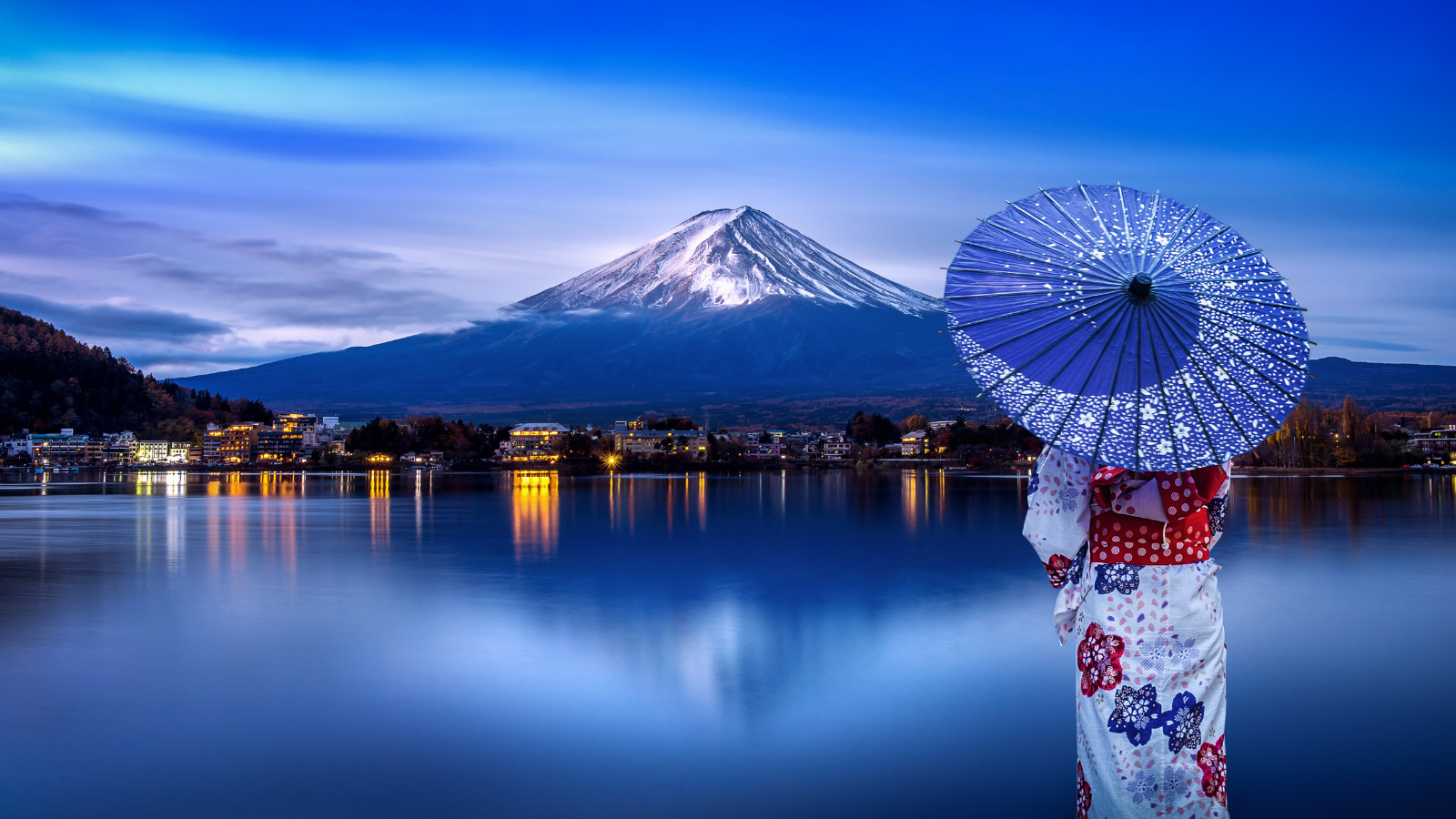Niigata Prefecture, located on the west coast of Honshu Island along the Sea of Japan, is known for its stunning landscapes, rich cultural heritage, and exceptional local cuisine. With its beautiful coastlines, fertile plains, and mountainous regions, Niigata offers a diverse and engaging experience for visitors.
History and Culture
Historical Significance
Niigata has a rich historical background, with evidence of human settlement dating back thousands of years. The region developed as a significant cultural and economic center during the Edo period, particularly due to its role in rice production and trade. Historical sites such as the Sado Gold Mine and the historic town of Takada offer insights into Niigata’s past.
Cultural Heritage
Niigata is renowned for its traditional arts, crafts, and festivals. The region is famous for its production of exquisite sake, as well as traditional crafts such as Murakami Tsuishu (lacquerware) and Echigo linen. Festivals like the Niigata Sake no Jin and the Nagaoka Fireworks Festival highlight the rich cultural traditions and community spirit of the prefecture.
Economy and Industry
Niigata’s economy is diverse, with strengths in agriculture, manufacturing, and tourism. The prefecture is a leading producer of high-quality rice, vegetables, and sake. Niigata’s coastal waters provide an abundance of seafood, contributing to its vibrant fishing industry. Manufacturing, particularly in the areas of machinery and precision instruments, also plays a significant role. Tourism is a major economic driver, attracting visitors to Niigata’s natural beauty, hot springs, and cultural attractions.
Attractions and Activities
Historical and Cultural Sites
- Sado Island: Known for its historic gold mine, traditional puppet theater, and beautiful coastal scenery.
- Takada Castle: Located in Joetsu, this historic castle is surrounded by a picturesque park famous for its cherry blossoms.
- Northern Culture Museum: A former wealthy farmer’s residence turned museum, showcasing traditional Japanese architecture and artifacts.
Natural Attractions
- Myoko Kogen: A renowned ski resort area offering excellent winter sports facilities and beautiful hiking trails in the summer.
- Yahiko Shrine: A historic Shinto shrine set in a scenic mountain location, known for its peaceful atmosphere and seasonal beauty.
- Nagaoka Fireworks Festival: One of Japan’s most spectacular fireworks displays, held annually along the Shinano River.
Modern Attractions
- Niigata City Aquarium (Marinepia Nihonkai): An aquarium featuring a variety of marine life from the Sea of Japan and around the world.
- Ponshukan Sake Museum: Located in Niigata Station, this museum offers sake tasting and showcases the region’s sake production.
- Toki Messe: A convention center in Niigata City with observation decks offering panoramic views of the city and the Sea of Japan.
Cuisine
Niigata’s culinary scene is rich and varied, reflecting its agricultural and coastal bounty. Local specialties include:
- Koshihikari Rice: One of Japan’s most famous and high-quality rice varieties, known for its excellent taste and texture.
- Noppe Stew: A traditional dish made with root vegetables, mushrooms, and tofu in a thick, flavorful broth.
- Hegi Soba: Buckwheat noodles containing a type of algae known as funori served on a wooden tray, often accompanied by a dipping sauce.
- Sake: Niigata is renowned for its sake, with numerous breweries producing a wide range of high-quality sake varieties.
Conclusion
Niigata Prefecture is a captivating destination that seamlessly blends natural beauty, historical depth, and cultural richness. Whether you’re exploring ancient castles, skiing in premier resorts, or savoring the region’s exquisite cuisine, Niigata offers a diverse and enriching experience for all visitors. Its unique attractions and welcoming atmosphere make it a must-visit location for anyone traveling to Japan.

